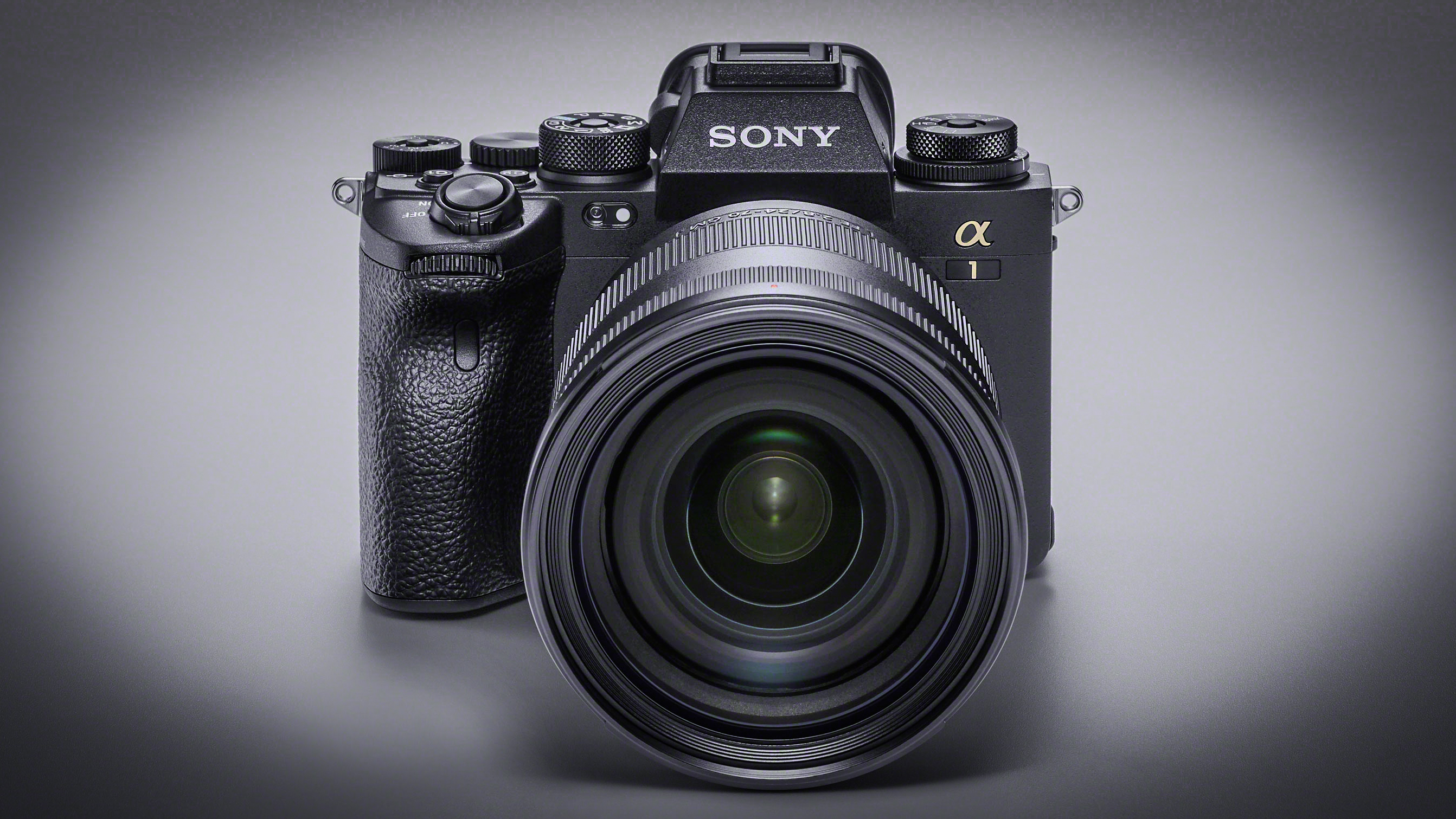The best Olympus OM-D E-M10 Mark II prices and deals
The Olympus OM-D E-M10 Mark II is a sophisticated mirrorless camera at an unbeatable price
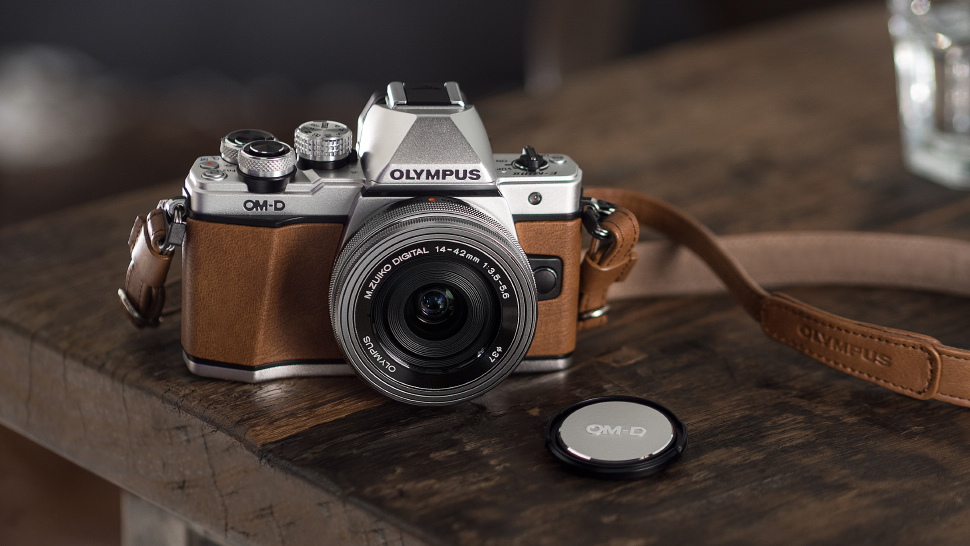
Scroll down for today's best deals
The Olympus OM-D E-M10 Mark II has now been superceded by the OM-D E-M10 Mark III and the OM-D E-M10 Mark IV - but that just means you can find some great deals on this old - but still excellent - mirrorless camera.
The OM-D E-M10 Mark II features a 16.1MP Micro Four Thirds sensor at its heart, the size of which means it offers double the 35mm-equivalent focal length of any lens attached. So, a 14mm optic becomes the equivalent of a 28mm full-frame lens, for example, while a 50mm lens provides an effective 100mm, and so on.
The E-M10 Mark II’s magnesium alloy body comes in either retro silver trim or completely black, with integrated Wi-Fi for sharing images to a smartphone or similar device.
• Olympus OM-D E-M10 Mark IV vs Mark III vs Mark II
Its relatively compact size makes it ideal for travel or reportage photographers who want to take advantage of its compatibility with the forty-plus lenses in the Micro Four Thirds range.
Read more: The 10 best mirrorless cameras
The camera shoots Full HD video (at up to 60fps), and there are attention-grabbing 4K time-lapse and slow-motion video capture options. Burst capture speed has been cranked up a notch from the model it updates, from 8fps to 8.5fps, while five-axis image stabilisation ensures that both video and stills are protected against camera shake, no matter what lens is affixed.
Typically for Olympus, the tilting back-plate LCD on the OM-D E-M10 Mark II is also a touchscreen, which means that a finger tap on a subject will direct the camera’s point of focus to it and subsequently fire off a shot. For those who like to shoot with the camera held up to their eye, meanwhile, there’s an OLED electronic viewfinder that has a 2.36million dot resolution – almost double the resolution of its predecessor – and a 100% field of view.
Another regular feature in the OM-D range that's made its way here is the wide degree of creative control built in via digital effects filters. Here, this is split between fourteen Art Filters and nine Art Effects, which saves you having to process your images into different styles afterwards.
In short, the OM-D E-M10 Mark II is a camera with ideas that stretch beyond its diminutive dimensions. If you like the sound of the above Mark II model, you may also want to examine the more recently introduced Mark III version.
Similar cameras: Fujifilm X-T20, Panasonic G7, Olympus OM-D E-M10 Mark III
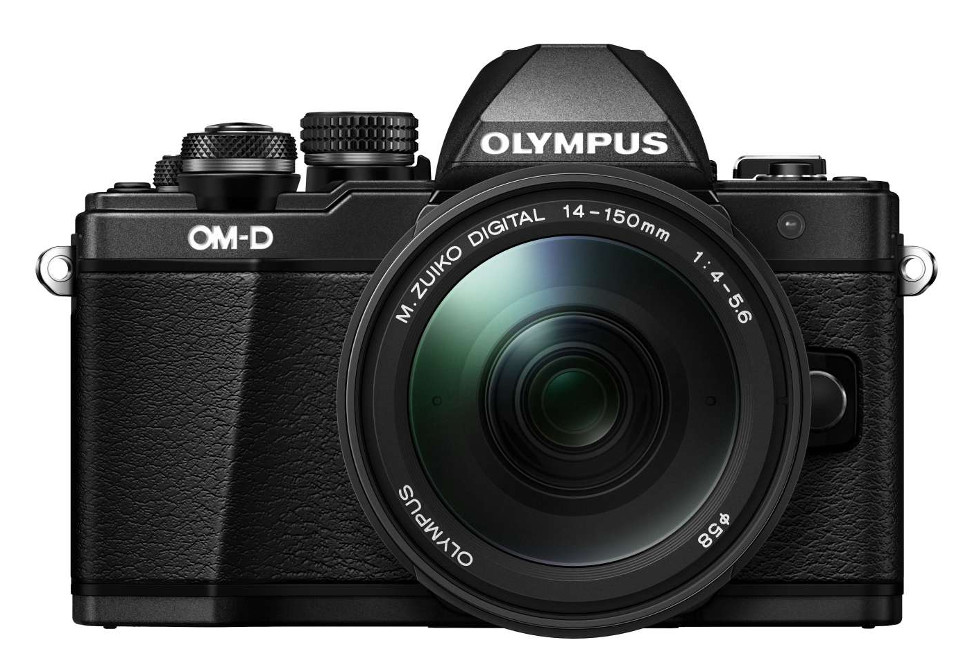
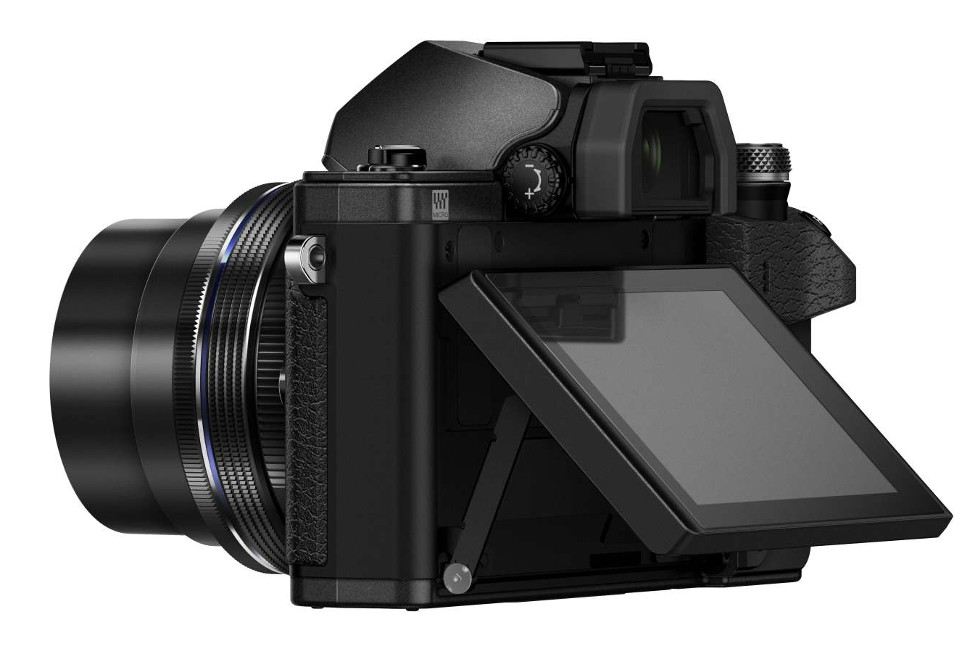
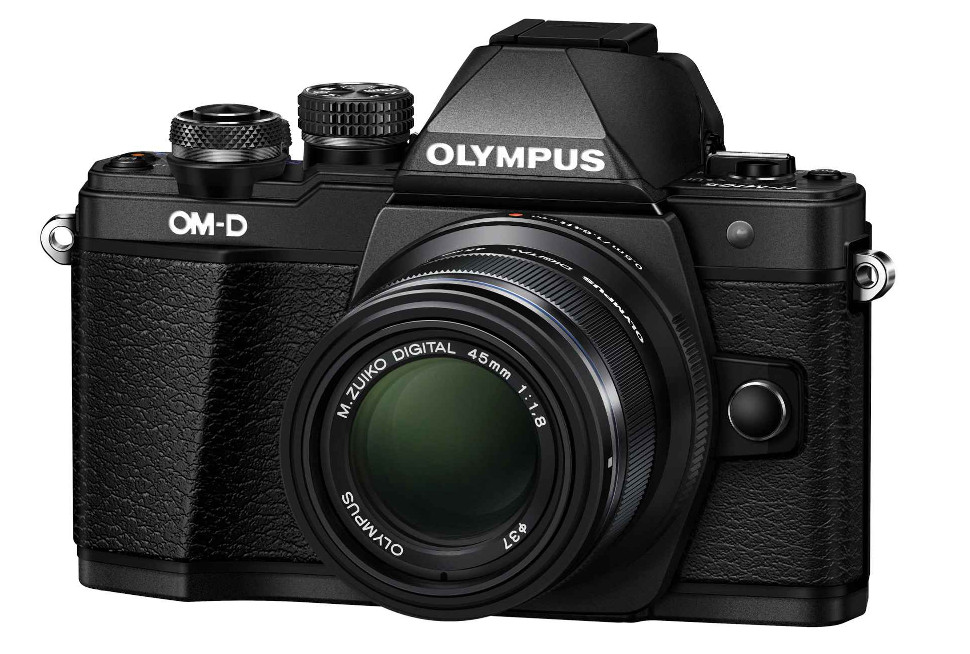
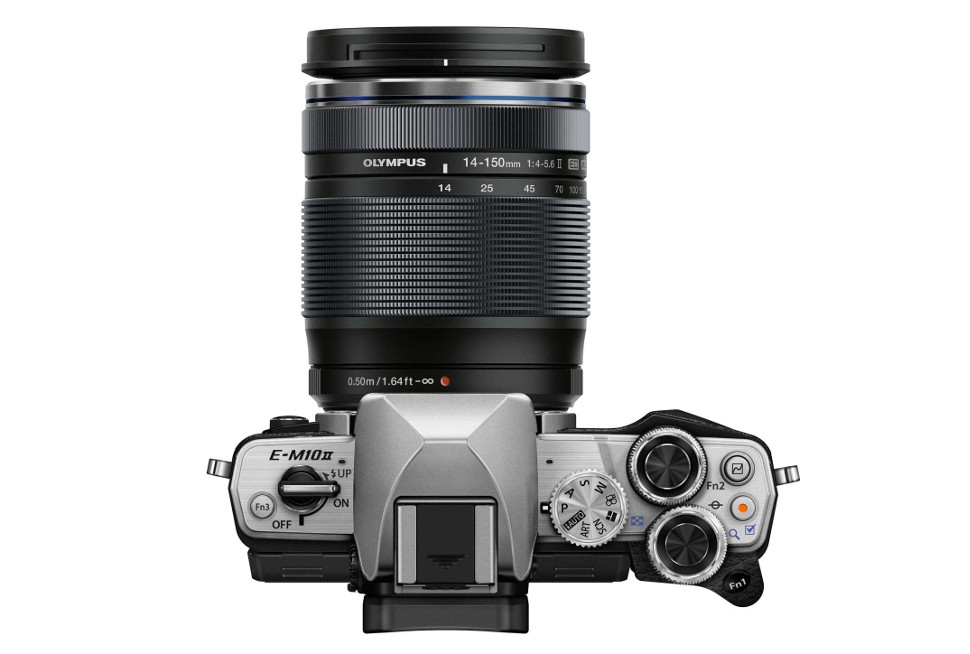
Olympus OM-D E-M10 Mark II Key Specs
This mini mirrorless model packs plenty into its diminutive shell
Type: Mirrorless | Sensor: Four Thirds CMOS | Megapixels: 16.1MP | Lens mount: Micro Four Thirds | Screen: 3in tilting LCD, 1.04million dots | Viewfinder: EVF, 2.36million dots | Max burst speed: 8.5fps | Max video resolution: 1080p | User level: Beginner/enthusiast
Read more
The best Micro Four Thirds lenses for your Olympus or Panasonic camera
Best Micro Four Thirds cameras
The best camera deals, reviews, product advice, and unmissable photography news, direct to your inbox!

For nearly two decades Sebastian's work has been published internationally. Originally specializing in Equestrianism, his visuals have been used by the leading names in the equestrian industry such as The Fédération Equestre Internationale (FEI), The Jockey Club, Horse & Hound, and many more for various advertising campaigns, books, and pre/post-event highlights.
He is a Fellow of the Royal Society of Arts, holds a Foundation Degree in Equitation Science, and holds a Master of Arts in Publishing. He is a member of Nikon NPS and has been a Nikon user since his film days using a Nikon F5. He saw the digital transition with Nikon's D series cameras and is still, to this day, the youngest member to be elected into BEWA, the British Equestrian Writers' Association.
He is familiar with and shows great interest in 35mm, medium, and large-format photography, using products by Leica, Phase One, Hasselblad, Alpa, and Sinar. Sebastian has also used many cinema cameras from Sony, RED, ARRI, and everything in between. He now spends his spare time using his trusted Leica M-E or Leica M2, shooting Street/Documentary photography as he sees it, usually in Black and White.
